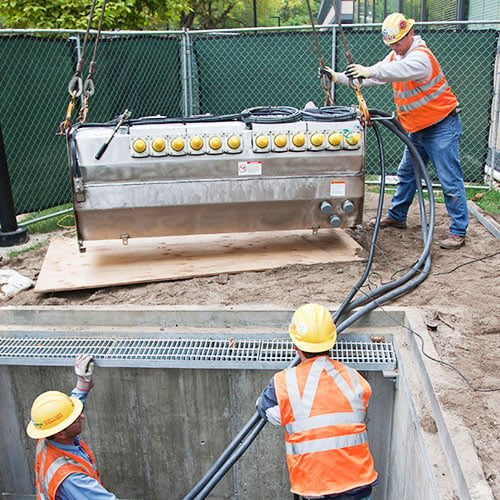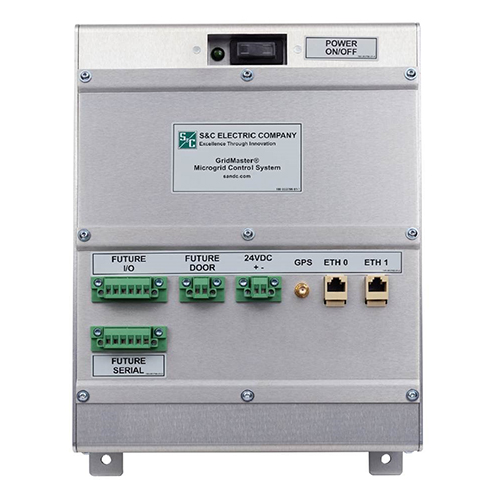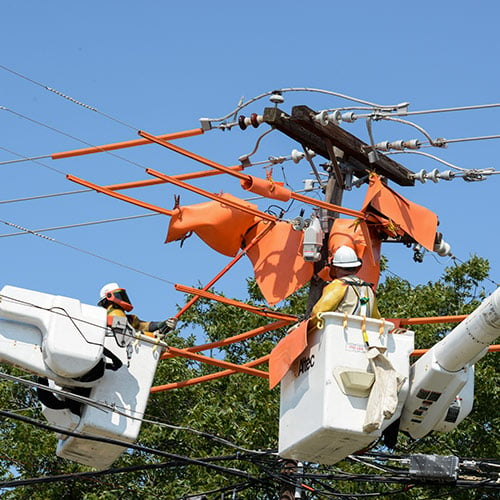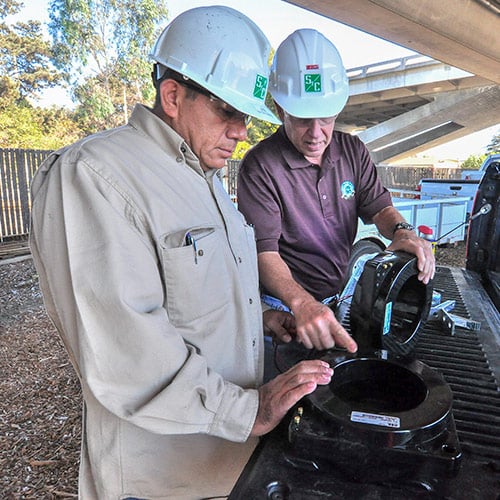Energy systems are multi-vendor system-of-systems that require close coordination with several stakeholders to ensure the security posture is properly designed, implemented, and maintained.
S&C offers a robust suite of Cybersecurity Services to lead the holistic network and system security integration. S&C engineers cybersecurity into our products and projects for resiliency and defense-in-depth.
S&C provides great value to our customers by coupling cybersecurity services with our Power System Solutions and Engineering Services, but we also offer standalone cybersecurity consulting and services.
Your Cybersecurity Engineer
Let our experts do the heavy lifting for you with any or all of our cybersecurity services.
Learn MoreEnergy Solutions Focus
Our cybersecurity expertise is rooted in what we do best – electric power system solutions.
Learn More




